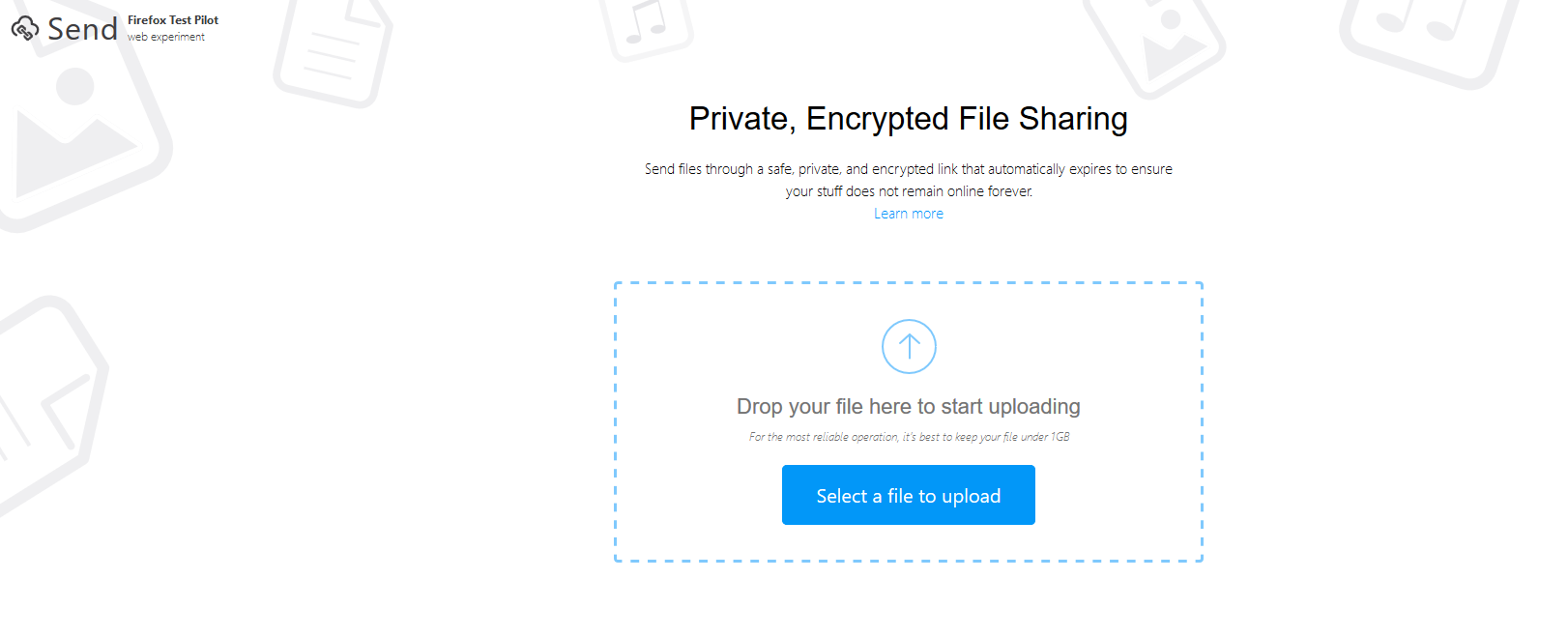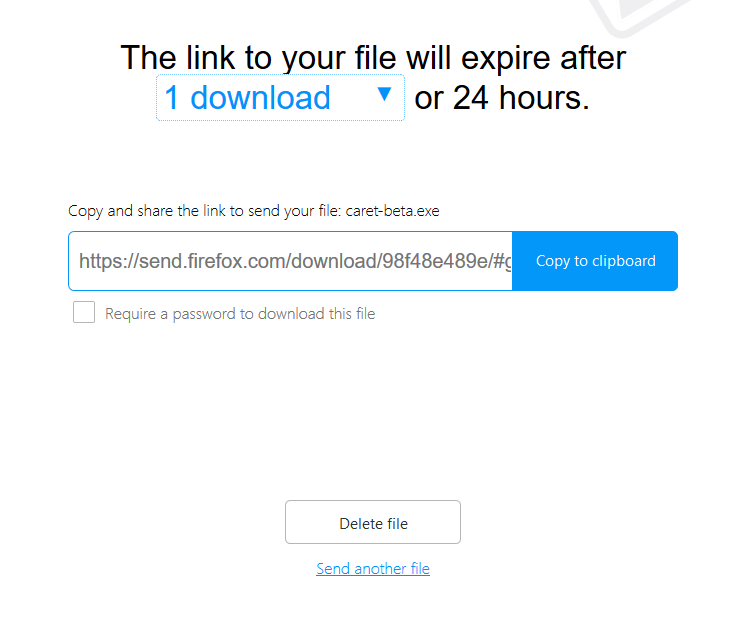Firefox Send was a fantastic tool that allowed anyone on the internet to send large files for free using encryption. Unfortunately, the bad guys started using it, and Firefox pulled the plug.
The concept is simple, by visiting the service page, you upload your files, and the service provides a link that allows anyone to download the content. The challenge with most free services is that they are insecure, and most are slow (encouraging you to buy their faster service).
Wormhole one such service that leverages WebTorrent for fast transfers, promises end-to-end encryption and is free (with no upsell). Wormhole doesn't even require registration. Transfers of 5GB or less are handled by their servers, which means your browser doesn't even have to remain open.
Traditional torrents require special clients, but WebTorrent is a gateway that allows any torrent files to be shared through a web browser (no special client or unique configuration).
When you create a new transfer, your device generates a unique encryption key used to encrypt the content before it is sent to the Wormhole servers.
The unique twist
Remember that Wormhole is built with a combination of traditional web technologies married to torrenting. This unique combination makes their service faster than most competitors. But the magic is that the recipient can start downloading the content before you have completed the upload. This streaming functionality is something no other competitors (that I am aware of) offer. This means you can share the link with the recipient while you are uploading the content (and not have to wait until everything is uploaded).
It's good but not perfect
Perfection is the enemy of good and there are some limitations you should be aware of:
If you upload content larger than 5GB (up to the 10GB limit), you have to keep your browser page open because Wormhole won't store the files on their servers (they do up to 5GB)
Uploaded content is only available for 24 hours
A file can be downloaded up to 100 times
If you are curious, they share their roadmap here.
Conclusion
This is a new service, but it has already found a place in my online toolkit. Obviously, the long-term viability will depend on some time of premium service, but there aren't any details yet. I guess that the premium service will allow larger transfers, longer storage and more download slots.
The security write-up (here) seems interesting, and the product looks to be designed securely. Still, because it is not open-source, there is no way to be sure they have implemented the security controls they say they have. If something is very sensitive, encrypt it using 7-zip before uploading (using a unique password shared with the recipient out of band).










